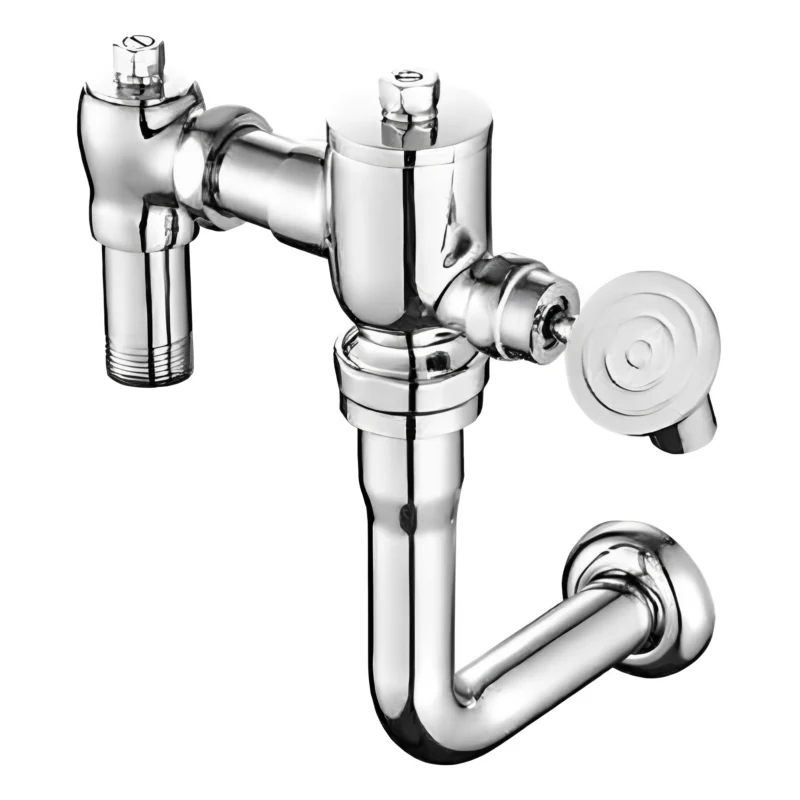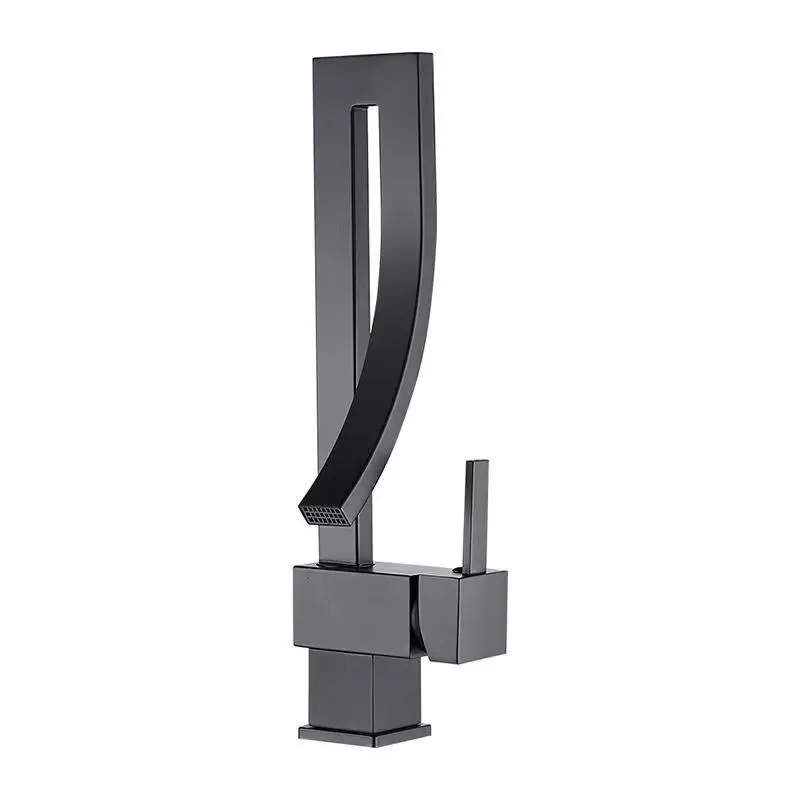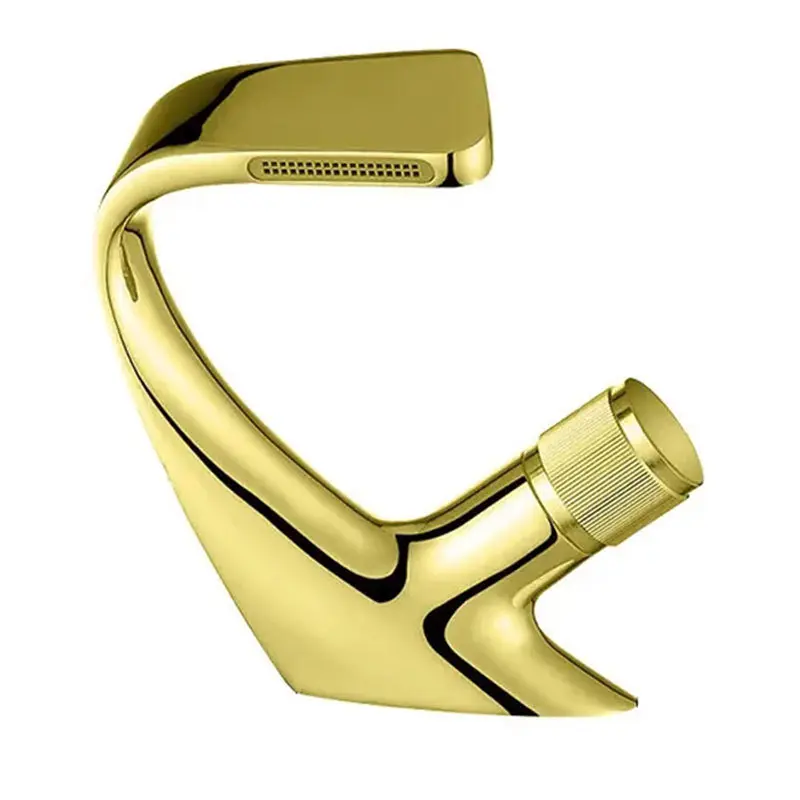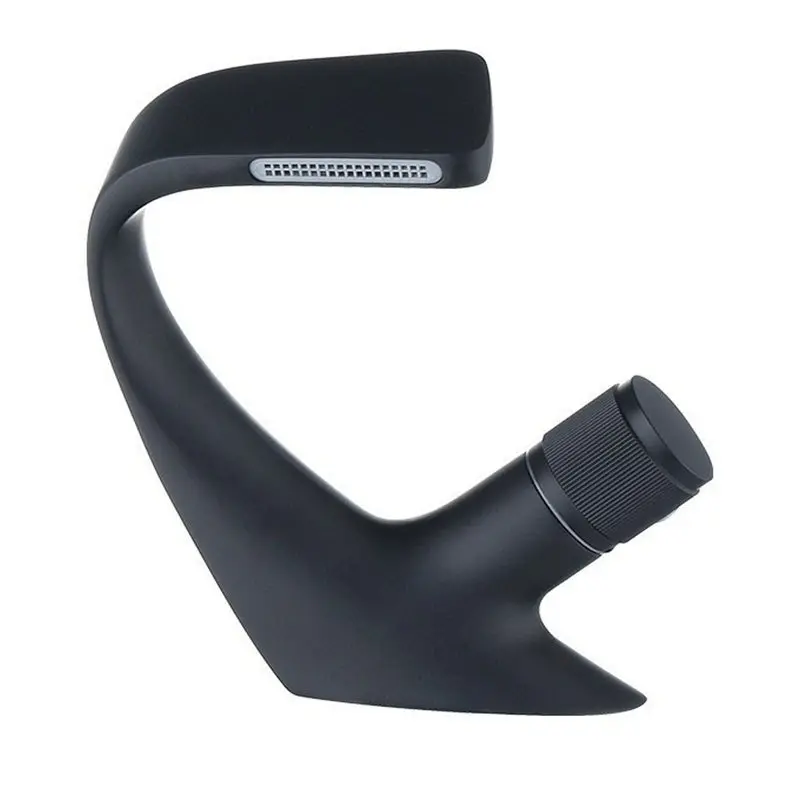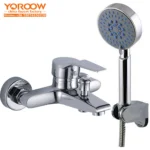In the current era of pursuing personalized home styles, صنابير المطبخ النحاسية العتيقة have become the finishing touch in retro and traditional kitchen renovations, thanks to their unique aesthetic value and practical functions. These single-cold sink taps, carefully crafted by مصانع الحنفيات الصينية, are made of high-quality brass and undergo strict control through multiple processes. They not only feature excellent corrosion resistance and long-lasting durability but also skillfully integrate classic and modern elements in their appearance design. The following will provide a detailed analysis of the installation key points, covering everything from pre-installation preparations and operation procedures to maintenance.

(ط) الاحتياطات قبل تركيب المنتج
Before installing antique brass kitchen taps, comprehensive and meticulous preparations are required. The primary task is to turn off the main water valve at home, which is the foundation for ensuring the safety of the installation process. After closing the water valve, open the faucet switch to release the residual water pressure in the pipes, preventing water from overflowing due to pressure during installation. Secondly, carefully check the faucet body, fixing nuts, sealing gaskets, inlet pipes, and other accessories against the product list provided by Chinese faucet factories to ensure there are no missing or damaged parts. At the same time, use a caliper to accurately measure the diameter and depth of the sink installation hole, as well as the thickness of the countertop, to ensure they match the installation parameters of the faucet. Generally, antique brass faucets are suitable for installation holes with a diameter of 35 – 40mm, and the countertop thickness should not exceed 50mm. If there are any dimensional deviations, appropriate adaptation measures should be taken in advance or a suitable sink should be replaced.
(II) أدوات التثبيت المطلوبة
Complete installation tools are essential for a smooth installation. Necessary tools include: an adjustable wrench, which is used to tighten or remove nuts, and its adjustable opening can fit nuts of different specifications; a Phillips or flathead screwdriver, which is used to remove the old faucet and install fixing components; Teflon tape, which serves as a sealing material to effectively prevent water leakage at the joints; rubber gloves, which can not only protect your hands from tool scratches but also provide a good grip during operation; in addition, prepare a container to catch the remaining water when removing the old faucet, as well as paper towels or rags for easy cleaning of water stains and debris at any time.
(ثالثًا) خطوات التحضير قبل التركيب
First, thoroughly clean the storage space under the sink, removing all debris to ensure sufficient operating space. If there is an old faucet installed on the sink, it needs to be removed. Use an adjustable wrench to loosen the nuts fixing the old faucet counterclockwise. For nuts that are rusted and difficult to loosen, apply an appropriate amount of rust remover and then remove them after it takes effect. After removing the old faucet and related accessories, use a scraper or wire brush to clean the residual sealant and scale around the sink installation hole, and wipe it clean with a damp cloth to make the installation surface flat and dry, creating good conditions for the installation of the new faucet.
(رابعًا) عملية التثبيت القياسية
Pass the inlet pipe of the antique brass kitchen tap through the installation hole from above the sink to the bottom. Under the sink, put on the sealing gasket and fixing nut in sequence. The sealing gasket should fit closely to the bottom of the sink, serving a dual purpose of buffering and sealing. Use an adjustable wrench to gradually tighten the fixing nut in a crisscross diagonal pattern to avoid tilting of the faucet due to uneven force. The tightening force should be moderate; too loose may cause water leakage, while too tight may damage the sink or faucet components. Next, connect the inlet pipe. Wrap 5 – 8 turns of Teflon tape clockwise around the interfaces of the faucet inlet pipe and the cold water pipe, ensuring the wrapping is even and tight. Align the inlet pipe with the cold water pipe and tighten the connection nut with an adjustable wrench to ensure a secure and firm connection.
(خامسًا) اختبار الاستخدام والفحص النقاط الرئيسية
After the installation is completed, slowly open the main water valve at home and observe whether there is any water seepage at all connection parts of the faucet. Pay special attention to the areas around the fixing nuts, the inlet pipe interfaces, and the connection between the faucet and the sink. At the same time, turn the faucet on and off multiple times to test whether the water flow is smooth and the water output is uniform and stable. If it has a rotating function, turn the faucet to check whether its rotation is flexible and whether there are any jams or abnormal noises. If water leakage is found at the joints, immediately close the water valve, retighten the nuts or increase the number of Teflon tape wraps. If the water flow is abnormal, it may be due to a blocked inlet pipe or an incompletely opened valve, and further inspection and handling are required.
(سادسًا) مشاكل التثبيت الشائعة وحلولها
During the installation process, difficulty in tightening the nuts may be due to mismatched threads or the presence of debris. In this case, clean the impurities inside the threads and check whether the threads are damaged. If the threads are severely damaged, the corresponding parts should be replaced. If there is still water leakage even though the nuts are tightened, it may be that the sealing gasket is not properly positioned or the Teflon tape is incorrectly wrapped. You can readjust the position of the gasket, rewrap the Teflon tape, and ensure the correct wrapping direction and sufficient number of turns. If the water output from the faucet is low after installation, in addition to checking whether the inlet pipe is blocked and whether the valve is fully open, also check whether the aerator inside the faucet is blocked by impurities. You can remove and clean the aerator and then reinstall it.
(سابعًا) نصائح السلامة واقتراحات الصيانة
Safety is of paramount importance during the installation and use process. Concentrate when operating tools to avoid injuries caused by tool slippage. In daily use, regularly maintain the antique brass faucet. It is recommended to wipe the surface with a soft damp cloth once a week to remove water stains and dirt and maintain its luster. Avoid using abrasive or corrosive cleaning products such as steel wool and acidic cleaners to prevent damage to the brass surface coating. Check the connection parts of the faucet at regular intervals to see if the nuts are loose and tighten them in a timely manner. If the faucet is not used for an extended period, turn off the main water valve and drain the water in the pipes to prevent freezing and cracking in winter.

